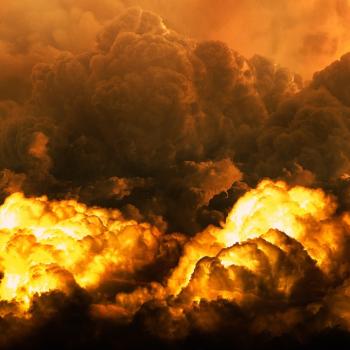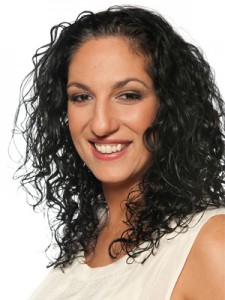I wrote last week about a positive portrayal of a Muslim woman who had recently been voted president of a mosque. I’m going to stick with the positive stuff for at least another week (although, considering the state of global media portrayals of Muslim women, this probably won’t last too much longer) and talk about a recent Toronto Star article about Kamala Suraiyya, a Muslim poet and writer from southern India, who has recently passed away.
Cleo Paskal, the journalist, who knew Kamala Suraiyya as a family friend, remembers her as
an award-winning writer and poet who was famous for unflinchingly, and controversially, writing about every aspect of being human, including love, sex and religion.
Her honesty, beautifully packaged in elegant turns of phrase, combined with her social activism to make her an icon.
Paskal describes Suraiyya as a popular and gracious figure who was constantly receiving visitors:
They came from all over the world: editors from New York wanting to include her poems in their anthologies, village women wanting to talk about their hardships, TV producers wanting to serialize her short stories, politicians wanting endorsements, believers wanting blessings.
They were all looking for something. And what they found was Kamala. I watched as she gave and gave and gave. Time, bangles, tears, laughter, advice, admonitions, poems. She held court in the grandest tradition, welcoming each and every one with honour and respect.

By this point, when I was reading the article, I had assumed that Suraiyya was not Muslim, so I was surprised to get to the part where Paskal mentioned that Suraiyya had in fact become Muslim in 1999, at the age of 65. I had to ask myself, why had I been so quick to assume that she was non-Muslim, especially because the whole reason that I was reading the article was that my Google News search had indicated that the word “Muslim” appeared in the article?
I think one of the reasons I was surprised is that Muslim women are so often talked about as if the “Muslim” part overtakes all other facets of our identities. To go more than half an article before specifying that its main subject is Muslim seems pretty unusual. Granted, the article was written by a friend of Suraiyya’s who knew her before she was Muslim, so it makes sense that the focus was on other things (and that the journalist obviously saw her as more than just “a Muslim woman.”) However, given how rare it is for “Muslim” to be represented as only one facet of a person’s identity, instead of the overarching label that dominates the portrait, it was good to see this description emphasize the multiple identities that any Muslim woman may happen to have. Even the fact that she had embraced Islam after coming from a Hindu family isn’t made into a big deal.
Suraiyya passed away on May 31 of this year, and Paskal’s description of the multi-faith memorials for her is especially powerful:
The burial was at Palayam Mosque in the state capital, Thiruvananthapuram. It is one of the most conservative in Kerala and was chosen in part because it shares a wall with a temple, and is close to a church – symbolizing Kamala’s universal importance.
In keeping with the spirit of Kamala, the Islamic community made sure that all were welcome.
I was privileged to be there, and it was remarkable. Women, including non-Muslims, were allowed to participate in preparing the body for burial. Hindu and Christian leaders, and one of the city’s oldest Jewish families attended. It was accepting, emotive and powerful. Like Kamala. Already the unprecedented coming together of so many faiths on the welcoming grounds of the mosque is having a resounding, rebounding, positive effect.
Mosques throughout the world held prayers for Kamala, and prayers were said for her in churches and temples.
This description provides a welcome contrast to images of Islam and Muslims as intolerant of other religions and incapable of existing peacefully with followers of other faiths. This isn’t even portrayed as something out of the ordinary, but as a normal way that one woman related to the members of her community.
I am not at all familiar with Kamala Suraiyya’s work, so I can’t comment on her as a writer; however, the positive and loving portrayal in this article shows that Muslim women fall into many different categories besides “Muslim” – writers, activists, mentors – and that it is possible for Muslims to exist in close and respectful relationships to people of all different religions. It is, perhaps, sad that we should have to celebrate this fact (since this image may seem obvious to many of us), but considering all the representations out there of Muslims as inherently violent and intolerant, descriptions such as this one, of alternate possibilities, are always nice to see.














